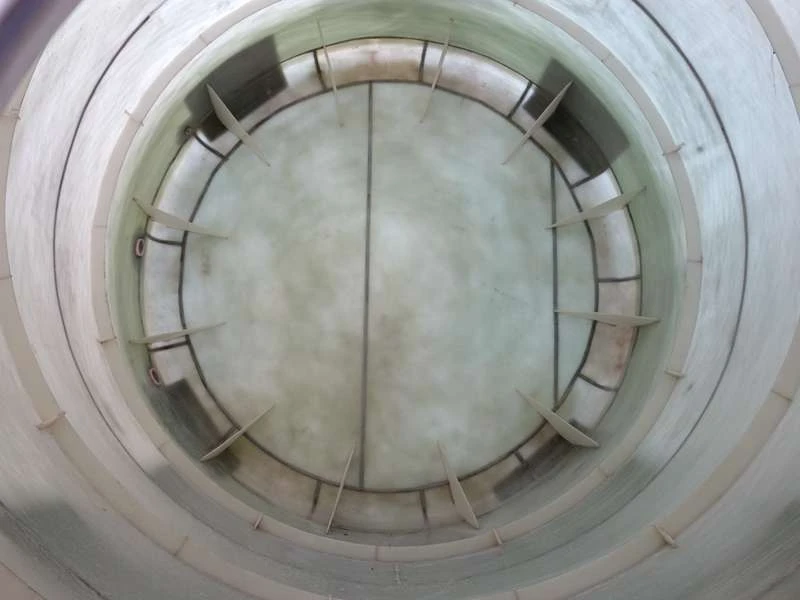
-
 Afrikaans
Afrikaans -
 Albanian
Albanian -
 Amharic
Amharic -
 Arabic
Arabic -
 Armenian
Armenian -
 Azerbaijani
Azerbaijani -
 Basque
Basque -
 Belarusian
Belarusian -
 Bengali
Bengali -
 Bosnian
Bosnian -
 Bulgarian
Bulgarian -
 Catalan
Catalan -
 Cebuano
Cebuano -
 China
China -
 China (Taiwan)
China (Taiwan) -
 Corsican
Corsican -
 Croatian
Croatian -
 Czech
Czech -
 Danish
Danish -
 Dutch
Dutch -
 English
English -
 Esperanto
Esperanto -
 Estonian
Estonian -
 Finnish
Finnish -
 French
French -
 Frisian
Frisian -
 Galician
Galician -
 Georgian
Georgian -
 German
German -
 Greek
Greek -
 Gujarati
Gujarati -
 Haitian Creole
Haitian Creole -
 hausa
hausa -
 hawaiian
hawaiian -
 Hebrew
Hebrew -
 Hindi
Hindi -
 Miao
Miao -
 Hungarian
Hungarian -
 Icelandic
Icelandic -
 igbo
igbo -
 Indonesian
Indonesian -
 irish
irish -
 Italian
Italian -
 Japanese
Japanese -
 Javanese
Javanese -
 Kannada
Kannada -
 kazakh
kazakh -
 Khmer
Khmer -
 Rwandese
Rwandese -
 Korean
Korean -
 Kurdish
Kurdish -
 Kyrgyz
Kyrgyz -
 Lao
Lao -
 Latin
Latin -
 Latvian
Latvian -
 Lithuanian
Lithuanian -
 Luxembourgish
Luxembourgish -
 Macedonian
Macedonian -
 Malgashi
Malgashi -
 Malay
Malay -
 Malayalam
Malayalam -
 Maltese
Maltese -
 Maori
Maori -
 Marathi
Marathi -
 Mongolian
Mongolian -
 Myanmar
Myanmar -
 Nepali
Nepali -
 Norwegian
Norwegian -
 Norwegian
Norwegian -
 Occitan
Occitan -
 Pashto
Pashto -
 Persian
Persian -
 Polish
Polish -
 Portuguese
Portuguese -
 Punjabi
Punjabi -
 Romanian
Romanian -
 Russian
Russian -
 Samoan
Samoan -
 Scottish Gaelic
Scottish Gaelic -
 Serbian
Serbian -
 Sesotho
Sesotho -
 Shona
Shona -
 Sindhi
Sindhi -
 Sinhala
Sinhala -
 Slovak
Slovak -
 Slovenian
Slovenian -
 Somali
Somali -
 Spanish
Spanish -
 Sundanese
Sundanese -
 Swahili
Swahili -
 Swedish
Swedish -
 Tagalog
Tagalog -
 Tajik
Tajik -
 Tamil
Tamil -
 Tatar
Tatar -
 Telugu
Telugu -
 Thai
Thai -
 Turkish
Turkish -
 Turkmen
Turkmen -
 Ukrainian
Ukrainian -
 Urdu
Urdu -
 Uighur
Uighur -
 Uzbek
Uzbek -
 Vietnamese
Vietnamese -
 Welsh
Welsh -
 Bantu
Bantu -
 Yiddish
Yiddish -
 Yoruba
Yoruba -
 Zulu
Zulu
frp damper
Understanding FRP Dampers Innovations in Seismic Protection
In the realm of civil engineering and structural design, the need for effective solutions to manage seismic vibrations has become increasingly crucial. One innovative technology that has gained attention in recent years is the use of Fiber Reinforced Polymer (FRP) dampers. These advanced materials have garnered interest for their ability to enhance the seismic performance of structures while providing increased durability and reduced weight.
What are FRP Dampers?
FRP dampers are devices designed to absorb and dissipate energy generated by seismic forces during an earthquake. They are composed of a polymer matrix reinforced with fibers, typically made from materials like glass or carbon. This combination results in a lightweight yet extremely strong material that can withstand significant strains and stresses, making FRP dampers an excellent choice for retrofitting existing structures or enhancing new ones.
The Advantages of FRP Dampers
One of the most notable advantages of FRP dampers is their exceptional strength-to-weight ratio. This property not only allows for easier installation but also reduces the overall load on the structure. Unlike traditional steel dampers, which can be bulky and heavy, FRP dampers offer a more streamlined solution without compromising on performance.
Additionally, FRP materials are highly resistant to environmental factors such as corrosion and fatigue, which can significantly extend the lifespan of the dampers. This durability makes them a cost-effective option over time, as they require less maintenance and replacement compared to steel counterparts.
Another important characteristic of FRP dampers is their ability to be tailored for specific applications. Engineers can design and manufacture these dampers to fit the unique requirements of a project, considering factors such as the expected seismic load and the specific architectural features of the building. This customization ensures optimal performance and safety.
Applications of FRP Dampers
frp damper

The application of FRP dampers is diverse and spans various types of structures, including commercial buildings, bridges, and historical landmarks. In urban areas, where the risk of seismic activity is higher, integrating FRP dampers into building designs can significantly improve safety and resilience.
For instance, in high-rise buildings, FRP dampers can be installed at critical points to absorb the lateral forces caused by an earthquake. This installation minimizes the movement of the structure, protecting both occupants and the integrity of the building. Similarly, in bridges, these dampers can be strategically placed to reduce the vibrations caused by seismic events, ensuring the safety of the infrastructure.
In the context of retrofitting, FRP dampers offer a viable solution for older structures that were not designed to withstand significant seismic forces. By adding these dampers, engineers can enhance the seismic performance of these buildings, bringing them up to modern safety standards without necessitating extensive reconstruction.
Challenges and Future Directions
Despite their advantages, the widespread adoption of FRP dampers faces some challenges. The initial cost of manufacturing and installation can be higher than traditional dampers. However, as technology advances and the benefits of FRP become more recognized, it is expected that costs will decrease over time, making them more accessible for various projects.
Moreover, ongoing research is crucial to further understanding the long-term performance of FRP dampers in different environmental conditions and loading scenarios. As more data becomes available, engineers will be better equipped to optimize design parameters and improve the effectiveness of these dampers.
Conclusion
FRP dampers represent a significant advancement in the field of seismic protection, combining lightweight, durability, and effective energy dissipation. As cities continue to grow and the risks associated with seismic activity increase, the integration of innovative technologies like FRP dampers into structural design will be essential for ensuring the safety and resilience of both new and existing infrastructure. With ongoing research and development, the future looks promising for FRP dampers, paving the way for safer, more sustainable buildings and bridges in earthquake-prone regions.









